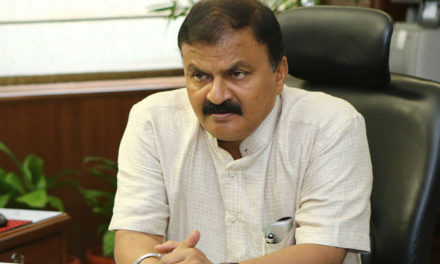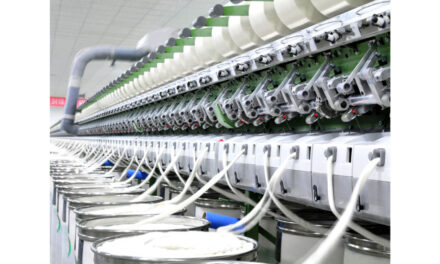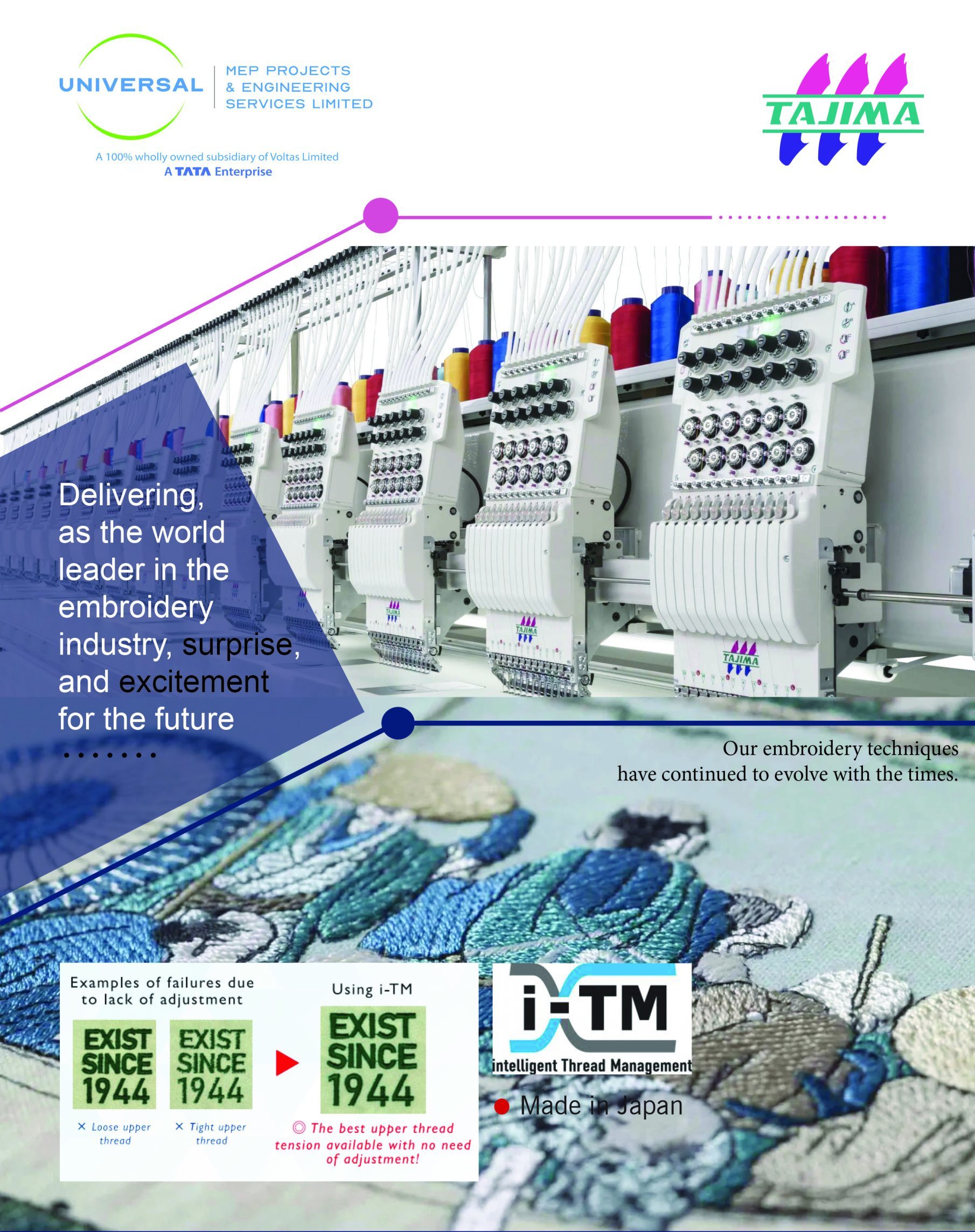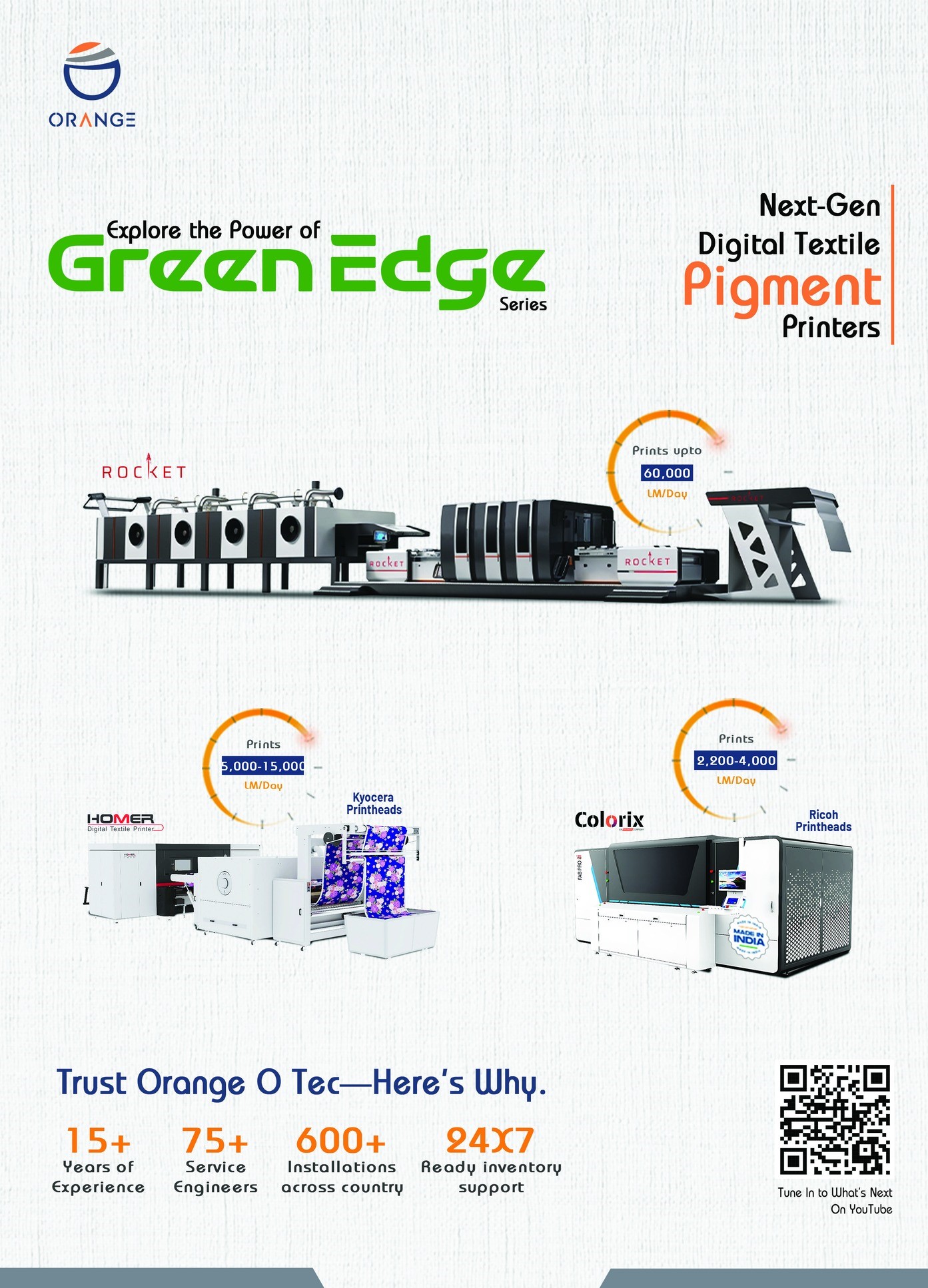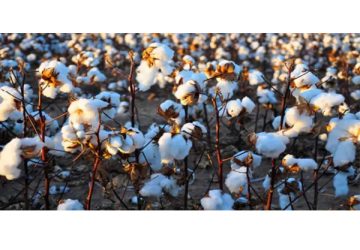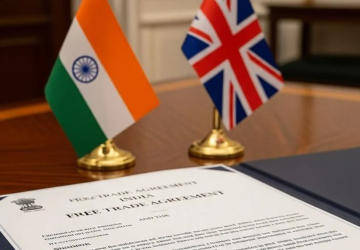 At the round table conference hosted by the Indian Council for Research on International Economic Relations (ICRIER) recently, titled “From Farm to Foreign: Saga of Indian Textile & Apparel Sector,” the urgent need for structural reforms in India’s textile and apparel sector was highlighted.
At the round table conference hosted by the Indian Council for Research on International Economic Relations (ICRIER) recently, titled “From Farm to Foreign: Saga of Indian Textile & Apparel Sector,” the urgent need for structural reforms in India’s textile and apparel sector was highlighted.
Experts agreed that the sector stands at a critical inflection point, marked by declining export competitiveness, fragmented production systems, and policy bottlenecks. The discussions were framed around the 5F Framework textile value chain—Farm, Factory, Fabric, Fashion, and Foreign.
At the farm level, while Bt cotton adoption led to a 193 percent increase in cotton production between 2002 and 2014, productivity has since stagnated. Around 80 percent of fabric production is concentrated in MSME clusters that often lack scale, automation, and design capabilities.
This decentralised structure, coupled with outdated labour laws, compliance burdens, and an inverted GST structure on man-made fibres (MMF), continues to impede scale and efficiency. The fashion segment too is dominated by Small and Medium Enterprises (SMEs), which struggle with technological adoption and branding.
Dispersed supply chains and limited innovation have further weakened India’s ability to build global brands. On the foreign trade front, India’s aspiration to reach USD 40 billion in textile and apparel exports by 2030 was viewed as increasingly unrealistic. Despite a growing domestic market, export growth has remained sluggish and misaligned with global demand.
ICRIER recommended a holistic policy revamp, urging for the integration of the 5Fs through rapid implementation of the PM MITRA scheme, which aims to develop integrated textile parks.
Experts stressed the importance of technology infusion and innovation to modernise production.
The discussions also underscored the significance of Micro, Small and Medium Enterprises (MSMEs) in shaping the future of India’s textile and apparel industry. With the sector heavily concentrated in MSME clusters, these enterprises are expected to emerge as key stakeholders in both employment generation and value addition.
India’s weak visibility in global markets was underscored by the absence of internationally recognised textile brands and manufacturers.
Participants also pointed to the untapped potential of e-commerce in boosting textile and apparel growth.
Despite growth in the domestic market, India’s export performance remains weak, experts noted that the country is not producing the types of textile and apparel products currently in demand internationally.

